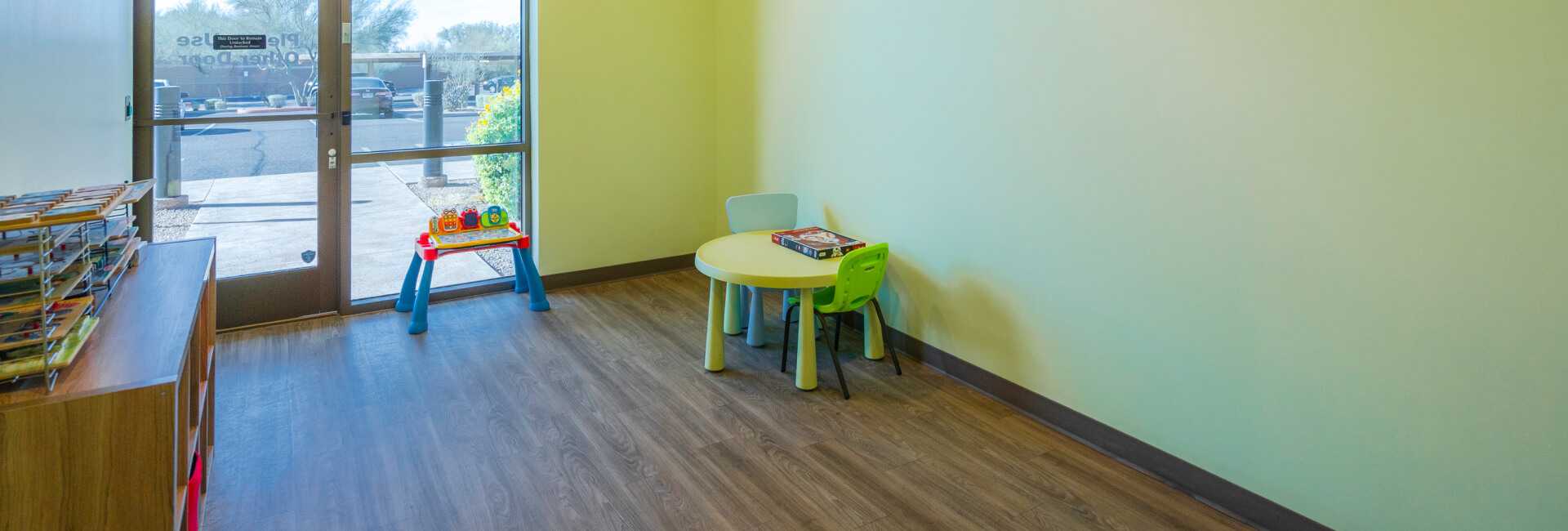How ABA Therapy Can Help Your Autistic Child Thrive in the Classroom
What is ABA?
ABA therapy helps improve your child’s social, learning, and communication skills. ABA is not a one-size-fits-all therapy, in the same way that children with autism don’t all exhibit the same symptoms. Numerous strategies and interventions are part of ABA. At Scottsdale Children’s Institute in Scottsdale, Arizona, one of our highly trained specialists conducts an assessment of your child before developing a personalized plan to help.
Many experts consider ABA to be the most effective treatment for children with ASD and other developmental conditions. ABA is science-based and has been proved to be effective through numerous clinical studies.
Through its focus on reinforcing positive behaviors and decreasing negative and harmful behaviors, ABA can help teach social, motor, and verbal behaviors and reduce inappropriate and problem behaviors.
How does it help kids with autism thrive in school?
The behaviors that ABA encourages and reinforces are precisely the behaviors that will help your child with autism thrive in school. ABA helps reduce problem behaviors that interfere with learning, attention, and classroom protocols.
On the flip side, it helps encourage behaviors that make learning more accessible and attending school a positive experience. For example, ABA therapy helps kids improve their communication skills with teachers, other adults, and peers. It also helps children with autism improve focus and monitor their behavior, which results in fewer outbursts or tantrums.
With ABA, behavior is consistently monitored, recorded, and, if necessary, treatment is modified. One of the defining characteristics of ABA is the continuous measurement of behavior and learning. Goals are set, and progress toward those goals is continuously monitored.
For more information on ABA and how it can help your child with autism thrive in school and out of school, call the Scottsdale Children’s Institute at 480-410-4060 for an appointment today.





